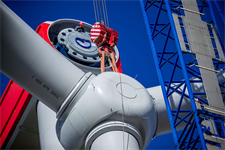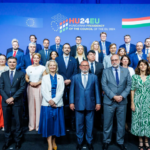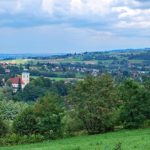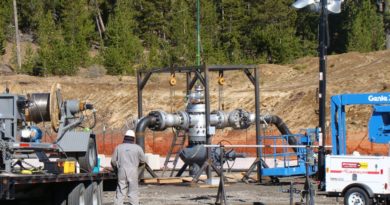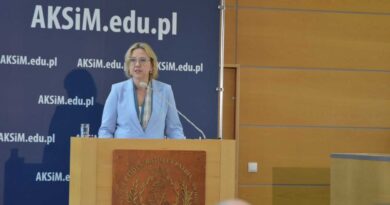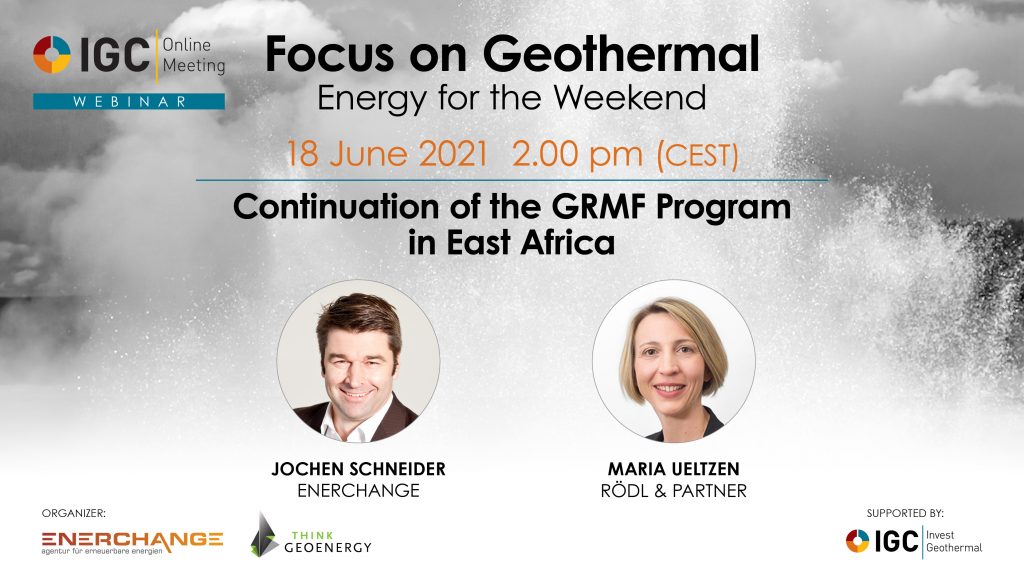Calls for investment and easier permitting resonate at 2nd Budapest Geothermal Summit
Energy Disrupter
Amidst growing interest in geothermal energy, the 2nd Budapest Geothermal Energy Summit highlighted calls for more investment and easier permitting processes.
Some 200 participants came together in Budapest, Hungary for the second edition of the Budapest Geothermal Energy Summit, organized by White Paper Consulting. Global and regional experts and industry leaders – 45 speakers from 27 countries – highlighted the issues and opportunities currently faced by 130 companies at the summit that are already working in geothermal energy.
Hungary is among the top five users of geothermal energy in the European Union and has received 100 geothermal exploration requests, has granted 40 licences and is now making its first discoveries. “We want to double our usage of geothermal energy by 2030, as it will reduce natural gas consumption by 500 million cubic metres annually,” said Attila Steiner, State Secretary for Energy and Climate, during the opening of the event.
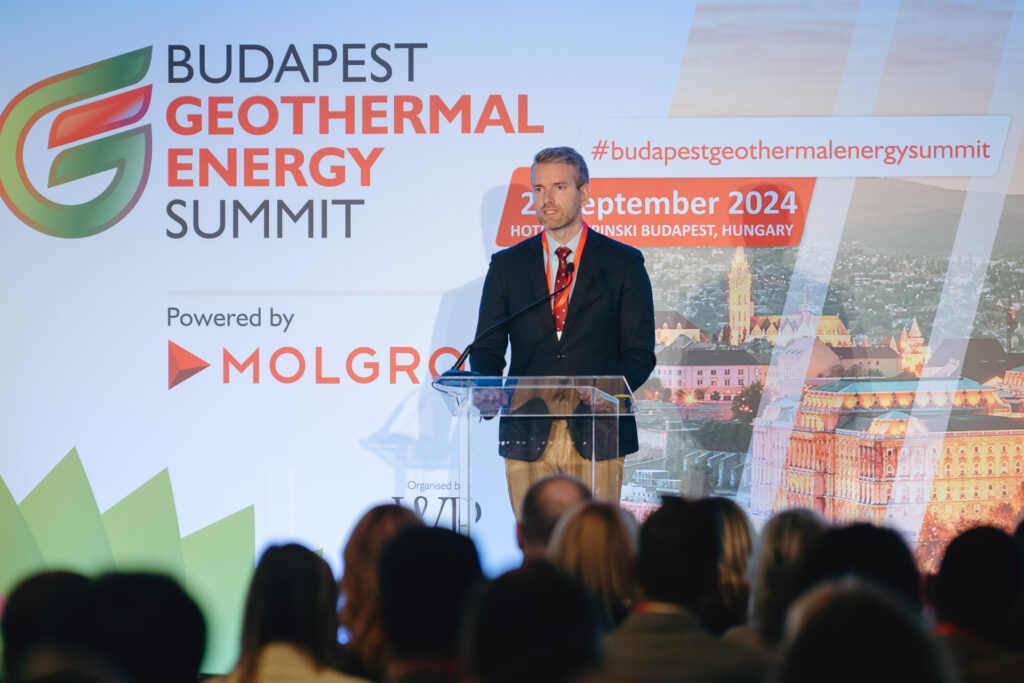
Global trends evolving
In an overview of the main global trends of geothermal energy development, Marit Brommer, Executive Director of the International Geothermal Association, said the segment would become more popular.
“We need more political love for geothermal energy […] and we need more people, because it’s going to grow, it’s booming,” Ms Brommer said. “But we will need more training and capacity building too and an important part of effective advocacy is accurate data.”
“There is 1.09 gigawatts (GW) of thermal heating and cooling installed in Hungary, according to our data,” she added. Ms Brommer called for a tripling of global ambition for installation of new geothermal energy. In general, the world needs 20,000 new wells a year in order to achieve 63 new gigawatts of production annually.
?ukasz Koli?ski, head of renewables and energy system integration policy at the Directorate General for Energy of the European Commission, gave a speech on the role of EU policy in accelerating the deployment and investment in geothermal energy.
“In the heating sector we still see fossil fuels dominating,” he said, specifying that there was only annual growth of 6 percentage points in renewables added to the energy mix for the heating sector.
Status today, potential tomorrow
In a talk on the current status of the segment and its future potential, where geothermal was labelled as “the heat and light that is below your feet” Miklos Antics, President of the European Geothermal Energy Council, said: “Budapest is a real capital of geothermal energy.”
“Geothermal energy projects can take 3-5 years to develop, so for our 2030 targets we need to get started now,” he said, adding that in the EU there are 16 million people benefitting from geothermal heating and cooling and 11 million from geothermal electricity.
David Kapes, Head of MOL Group’s Low Carbon and New Energies segment drew attention to the flooded River Danube in Budapest on 20 September and said that “climate change is here and greenhouse gases are still increasing – we have to do something.”
Geothermal energy can be part of the solution, Mr Kapes suggested, as part of a diversified strategy that adds more renewables into the total energy mix. Low carbon projects like geothermal are a part of MOL’s energy transition, he said and geothermal is particularly strong in the renewables segment as it is reliable and independent of water and the sun.
MOL has applied for four geothermal licences in Hungary, Mr Kapes said, and has been awarded all four, as well as two additional licences in neighbouring Croatia. “We’re planning drilling in the first half of 2025 in Hungary […] and by the end of 2024 in Croatia,” he said.
What next
In an expert panel discussion about policies to eliminate geothermal bottlenecks, Árni Magnússon, the Chief Executive Officer of the Iceland GeoSurvey (ÍSOR), said: “Where the wind doesn’t blow and the sun doesn’t shine, geothermal is still fine.”
“Iceland’s history is no history without geothermal energy – but it’s everywhere in Europe, and it strikes me why we are not using more of it,” Mr Magnússon said, adding that it’s also better for security, energy independence and also a great generator of revenues across all kinds of usage types, not just heating and generating electricity.
Philippe Dumas, Secretary General at the European Geothermal Energy Council (EGEC) said that geothermal is unique and has huge potential but policy visibility is important for raising awareness and unlocking more investment. Better training and capacity building for workers and also easier permitting is needed too.
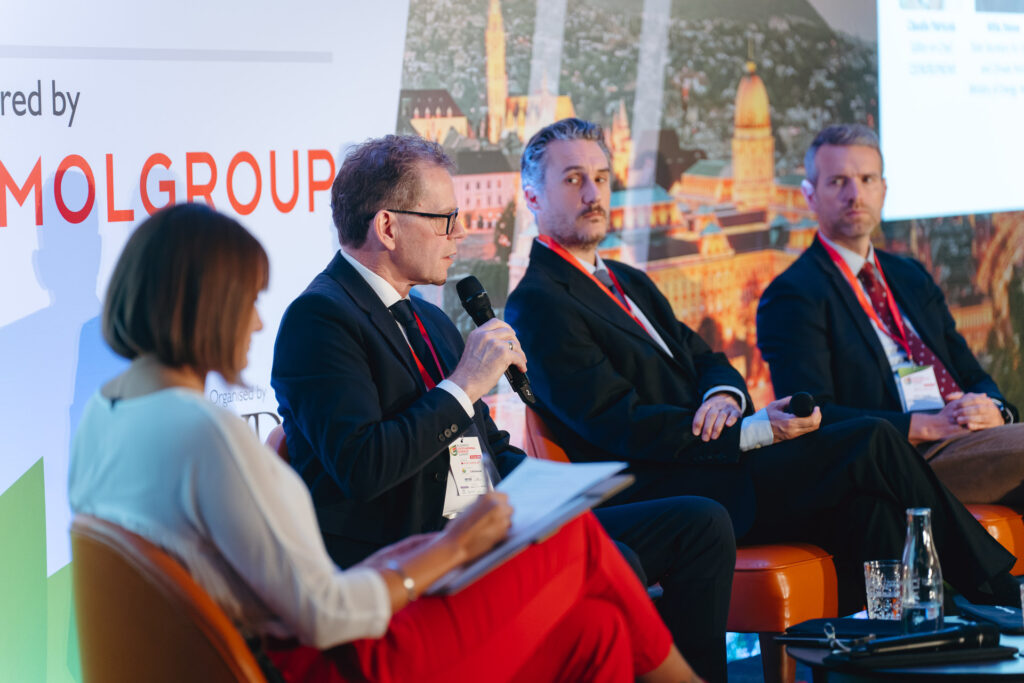
Krzysztof Galos, Undersecretary of State and Chief National Geologist at the Ministry of Climate and Environment of Poland said that his country was just getting started. “We need more support and risk mitigation, maybe led by Polish financial institutions,” he said. “We can look to the French model and to Hungary, for examples on how to do this, with cheap loans or financing from the national funds to build a better model of national support.”
New frontiers
In an energy leaders panel discussion, company heads discussed what they saw as new frontiers in geothermal energy, looking at opportunities and challenges in geothermal power generation and potential utilisation that can meet the needs of the market.
Csaba Kiss, Deputy CEO at MVM Hungarian Electricity said that the company is looking to improve and expand its carbon free portfolio, particularly in power generation, but doesn’t yet have geothermal investments. However, the company has a target to implement 100 megawatts (MW) of geothermal electricity.
“The electric grid today is changing dramatically and we are in the middle of a revolution that we can hardly see,” pointed out Gad Shoshan, International Sales and Marketing Director at Ormat. He added: “The biggest bottleneck in geothermal is in the first phase, with the resource itself and finding where to drill.”
“Here in Central and Eastern Europe, we also see enormous potential in geothermal heating and we intend to focus on that market for sure as we see it is lower risk and higher profitability than the power market,” said Eirikur Bragason, the Chief Operating Officer of Arctic Green Energy.
New waves in geothermal
In a keynote speech about new waves that are coming in geothermal energy, Gábor Molnar, Managing Director of Arctic Green Engineering, said that geothermal represents stability and affordability in an ocean of energy options, with other renewables too reliant on the weather.
“There are many new opportunities and new projects with more advanced technology and processes that are emerging,” Mr Molnar said, pointing to state of the art designs being rolled out in Europe and beyond. Cities, industry and agriculture can all be improved by harnessing geothermal energy, he said, adding that it came with a large initial investment but then low operating costs.
Speaking of the company Rotaqua as a determinant drilling contractor in the Hungarian geothermal market, its Strategic Director, Gábor Magyar, said that the state-owned company was expanding its fleet of drilling rigs as it targets new projects.
Mr Magyar also said: “The National Earth Heat Strategy targets to increase the domestic use of geothermal energy by 20 per cent by 2026, to 8 petajoules (PJ), and to double it by 2030, to 12-13 PJ.”
Addressing new challenges in geothermal exploration, Richárd Gyula Albrecht, Head of Geology Department at state-owned exploration company Mecsekérc, said that his firm was dealing with the challenges of a changed regulatory environment and increased demand for heat projects.
Regulation challenges
Later in the afternoon, participants engaged in a panel discussion focused on identifying regulatory challenges and solutions, as well as risk mitigation and financing.
“I believe from the main risks and challenges […] geological risk is significant,” said Bence Gonda, Strategic Vice President at the Supervisory Authority for Regulatory Affairs of Hungary, with amassing and sharing abundant data and research and making access to it open being seen as a solution.
“There will always be a need for infrastructure projects, but the evergreen question is how to attract private capital to the project,” said Dr. Viktória Szilágyi, Partner at the Lakatos, Köves and Partners Law Firm. “It’s not the lender’s responsibility to make the project bankable, it’s the project owners job to do that and they need to work on that from day one, otherwise redesigning and renegotiating a project agreement to make it bankable will be a time consuming and costly exercise.”
“Aside from the business case, which is the most important thing to have, the second most important thing is a stable, predictable and reliable regulatory environment,” said Dóra Zombori, Partner at the Dentons law firm. “Together we can come up with solutions to make it more attractive.”
Big steps, good practices
Tolgay Benderli, CEO of Do?an Geothermal Group of Companies, said that Turkey was working hard to increase its installed capacity of geothermal energy, increasing it many times over since 2012, and with 415 geothermal fields it can potentially develop on or expand.
In a presentation on the main geothermal projects of Bayer Construct, the Head of its Geothermal Division, Florian Vonas said Europe was facing a “pivotal moment” in which it can embrace geothermal energy as a “cornerstone for the green transition,” with Bayer working on seven projects currently at depths of 1,000 to 4,000 metres deep.
Dr. György Falus of the Supervisory Authority for Regulatory Affairs of Hungary told attendees that Hungarian geothermal potential has been utilised and exploited for centuries, but that there was plenty of room for more. Today, the government is focused on maximising usage of its geothermal hotspots and spas, as well as their preservation and protection.
László Zsemberi, Managing Director of Z-Renewable Energy Services, gave a presentation on unique well design concepts and the potential of integrated geothermal power projects in Hungary with deep geothermal systems. He said such concepts could end up being the largest renewable energy projects in the country.
Source: Email correspondence



